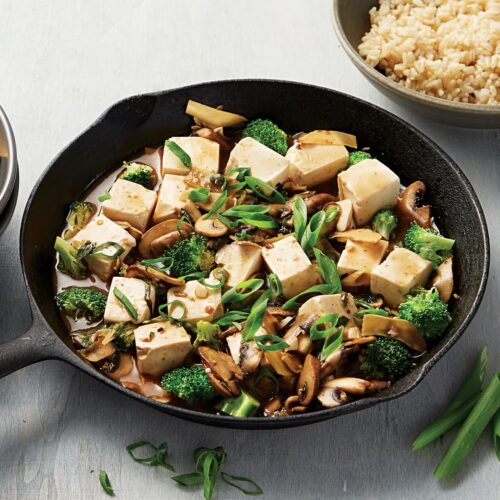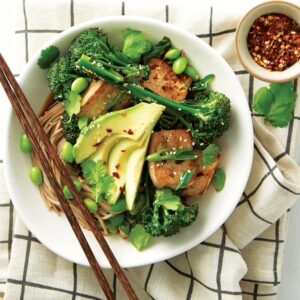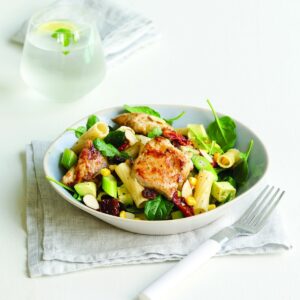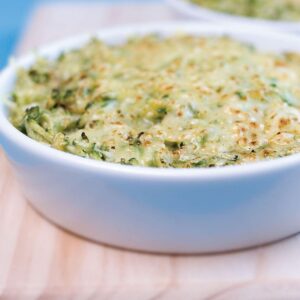
How many oranges make a drink orange juice? Food law specialists at Simpson Grierson, Ciska de Rijk and Gwendoline Keel, explain.
It is quite common to come across products claiming to be a ‘berry biscuit’ or ‘apple and orange juice’. But what if a product contains only 1 per cent berry or 1 per cent apple?
What’s the law got to say?
Under the Fair Trading Act 1986, which is enforced by the Commerce Commission, any representations regarding food must not be false, misleading or deceptive. Businesses must also be able to back up any claims made about their products. But the law doesn’t exactly set any specific thresholds as to the amount of an ingredient that must be present, in order to say the product contains that ingredient.
It is the overall impression created in the mind of the consumer that is considered where an alleged breach of the Fair Trading Act is concerned. The use of images on packaging will also be relevant, such as a picture of 10 apples next to the claim ‘apple juice’.
Where is the line in the sand?
Although the law in this area is not crystal clear, case law and regulator enforcement action indicates that if the ingredient that has been highlighted is in a ‘not-insubstantial amount’, claims relating to that ingredient are unlikely to be misleading. This still leaves the question of what is meant by an insubstantial amount. This is always a matter of the overall impression made, as well as the type of ingredient being called out. For instance, consumers would not likely expect ginger or chilli to appear in large quantities, given the overpowering nature of those ingredients.
What’s up over the ditch?
The Australian Competition and Consumer Commission has previously undertaken quite a bit of enforcement action in this area. One example was the biscuit filling in Apple and Blackberry Fruit Pillows, which contained only 1.7 per cent of blackberry concentrate. The regulator said that use of the wording ‘apple and blackberry’, as well as pictures of real blackberries on the label, created the overall impression that the product contained predominantly blackberries, which, in their view, was not the case, given the low percentage of blackberries.
Consumer tip
Read the labels and ingredient lists of the products you buy. Businesses are required to state the ingredients used in their products in order of weight. We would expect most highlighted ingredients to appear at the beginning of an ingredients list.
www.healthyfood.com










